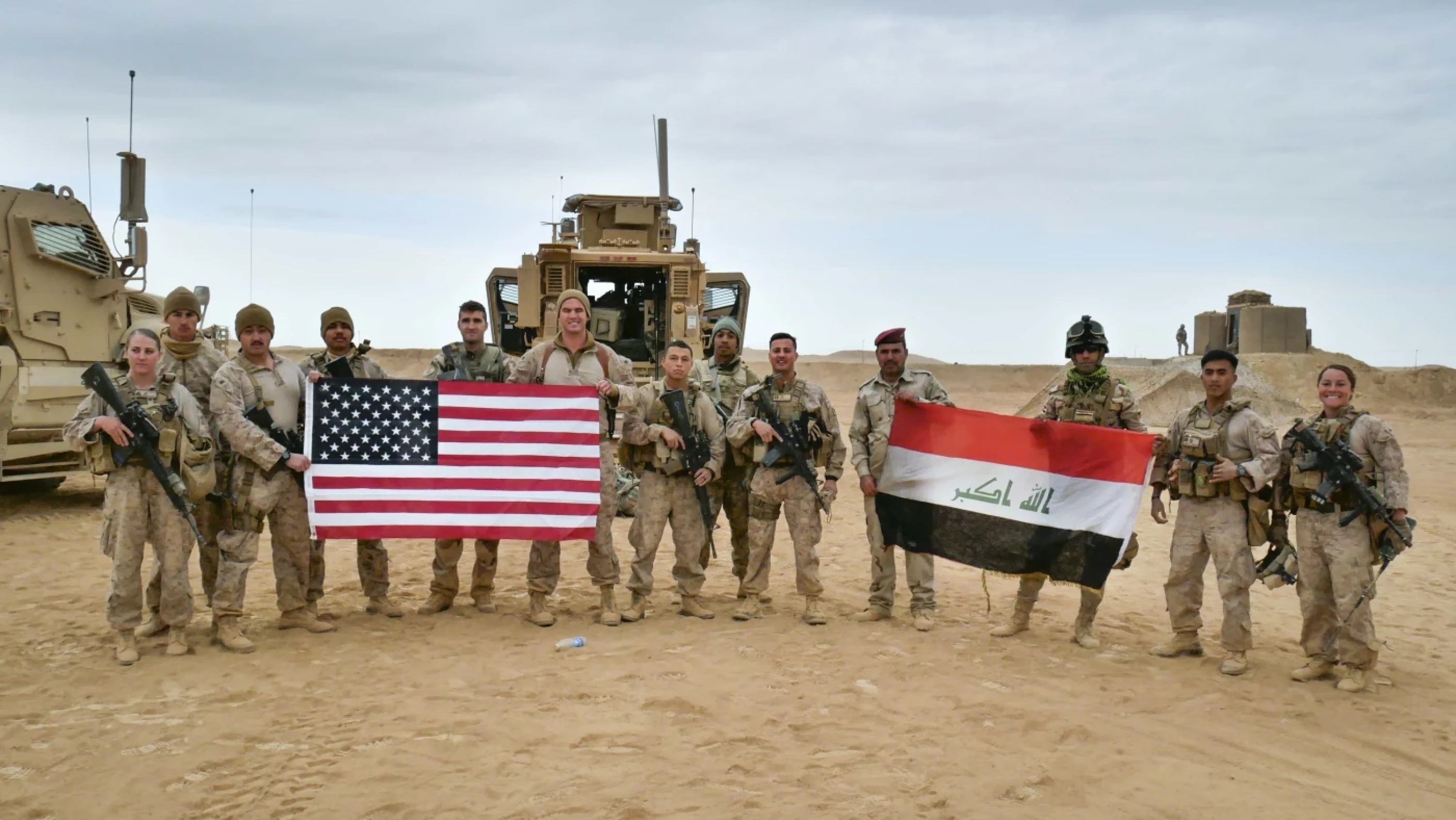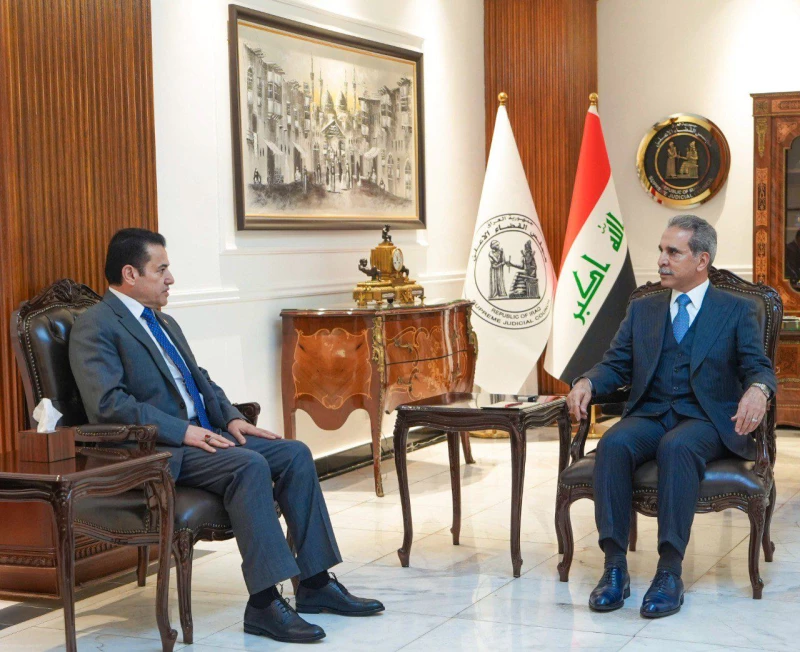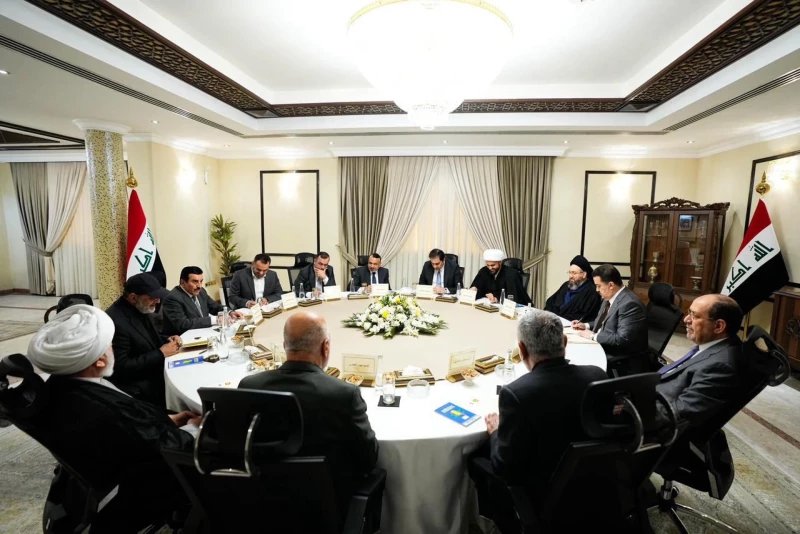ERBIL, Kurdistan Region of Iraq - Iraqi Prime Minister Mohammed Shia al-Sudani said Monday that a small group of US military advisors will remain in the country to coordinate with forces in neighboring Syria to combat the Islamic State (ISIS), despite a prior agreement that would have seen US personnel depart by September 2025.
Sudani told reporters in Baghdad that the US military advisors and support personnel are stationed at the Ain al-Asad air base in Western Iraq and the Harir air base in Kurdistan Region, AP reported Monday.
Iraq and the US in September 2024 announced they had reached an agreement to wrap up the global anti-ISIS coalition’s military presence in the country by “no later than the end of September 2025” and transition to bilateral security partnerships “in a manner that supports Iraqi forces and maintains pressure on ISIS.”
US forces are set to remain in the Kurdistan Region until September 2026, according to the agreement.
Sudani added that the agreement initially detailed a full pullout of US forces from Ain al-Asad by September, but that “developments in Syria” since then required maintaining a “small unit” of between 250 and 350 advisers and security personnel at the base.
The US-led coalition’s military mission in Syria is also set to continue until September 2026.
The premier also said they would work to support counter-ISIS surveillance with the al-Tanf base in Syria, AP reported, adding that other US sites are gradually reducing personnel and operations.
In several interviews, Sudani’s security advisor Hussein Allawi stated that the government aims to transform the relationship with Washington from a direct military presence into a technical and advisory security partnership focused on capacity-building and cooperation, without provoking clashes with militias or alienating local political allies.
Military adviser Safaa al-Asam told The New Region earlier in October that what is happening now should not be considered a full US withdrawal from Iraq but rather a carefully planned repositioning aimed at relocating some units to alternative sites within the region, with the exception of a limited contingent of roughly 600 ground troops who have been moved into Syrian territory as part of the redeployment plan.
Asam asserted that these moves constitute a tactical adjustment by US military leadership, not a sudden political decision, noting that Washington is redistributing its forces to ensure rapid response to potential regional crises, particularly amid rising tensions between Israel and Iran.
He explained that through this new deployment strategy, the US seeks to maintain flexibility of movement across the region without losing its capacity for intelligence or military support within Iraq and Syria. This, he stressed, reflects strategic caution rather than a complete withdrawal.



 Facebook
Facebook
 LinkedIn
LinkedIn
 Telegram
Telegram
 X
X


